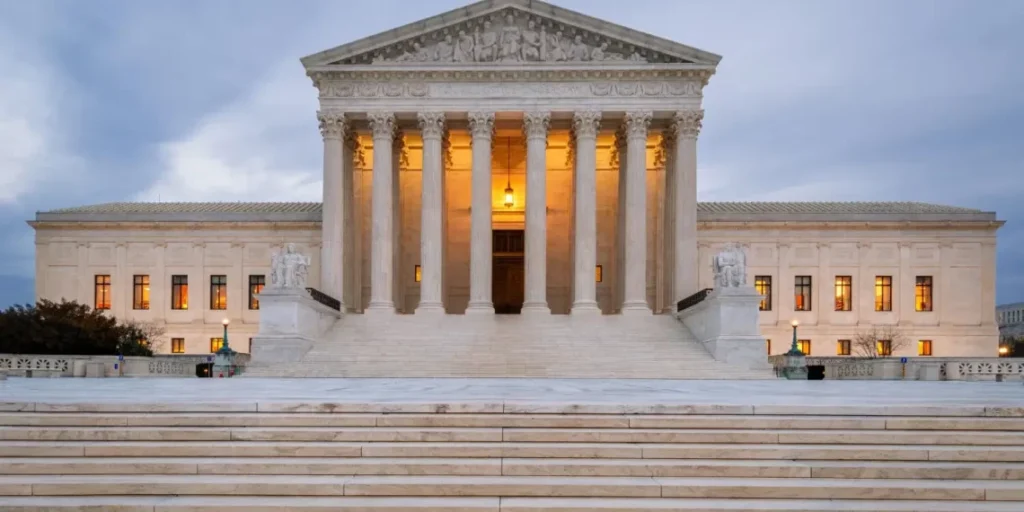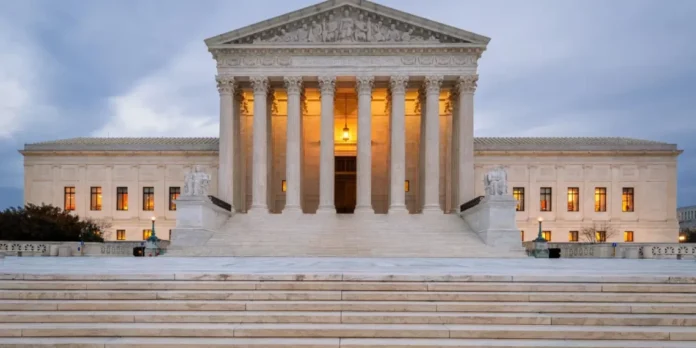Introduction, Great Western Buildings Lawsuit
A fascinating area where the physical structures that shape our landscapes can become the focus of legal disputes is the intersection of architecture and law. One such enrapturing case is the Incomparable Western Structures Claim, a lawful adventure that unfurled against the background of notable Western engineering. The intricacies of this lawsuit are the subject of this essay, which delves into the historical context, the architectural significance of the buildings in question, and the subsequent legal battles.
Verifiable Setting
To comprehend the Incomparable Western Structures Claim, one must initially see the value in the verifiable setting in which it unfurled. The mid-twentieth century saw a flood in compositional development and a prospering of notable structures that characterized the Western scene. During this period, modelers looked to mix innovator standards with local feel, making structures that were utilitarian as well as intelligent of their social environmental elements.
Among the draftsmen driving this charge was Richard Thornton, a visionary creator known for his spearheading work in the Western US. His creations received widespread praise for their harmonious blend of contextual sensitivity and sleek modernism. The Incomparable Western Structures, an assortment of three designs planned by Thornton, remained as models of his engineering ability.
The Design Meaning of the Incomparable Western Structures
The Incomparable Western Structures, involving a social place, an administration office complex, and a private pinnacle, were hailed as magnum opuses that consistently coordinated present day plan with Western sensibilities. The social place, with its general lines and utilization of nearby materials, turned into a social center that commended the district’s legacy. Thornton’s commitment to sustainability was evident in the government office complex’s innovative use of space and energy-efficient design. The private pinnacle, taking off into the horizon, reclassified metropolitan living in the Western city.
These structures were more than just architectural masterpieces; They shaped the identities of the communities they served and became an essential part of the urban fabric. Occupants, guests, and compositional fans the same wondered about the Incomparable Western Structures, proclaiming them as images of progress and social articulation.
The Disentangling Lawful Show
The serenity encompassing the Incomparable Western Structures was broken when a gathering of displeased inhabitants started judicial procedures against Thornton’s compositional firm, charging configuration imperfections and development deserts. The claim sent shockwaves through the compositional local area, bringing up issues about the obligations of draftsmen, the sturdiness of pioneer plans, and the expected effect on the tradition of notorious designs.
At the core of the lawful debate were cases of primary issues, water spillage, and lacking protection in the private pinnacle. The plaintiffs argued that these flaws damaged not only the reputation of the development as a whole but also the safety and comfort of the Residents. Thornton’s firm eagerly denied the charges, affirming that the structures met or surpassed all relevant development principles.
It became clear as the legal battle progressed that the Great Western Buildings Lawsuit was more than just a dispute over technical specifications; rather, it was a conflict between the ideals of architectural innovation and the realities of building. The court turned into a milestone where the imaginative vision of the draftsman crashed into the real factors of building execution and support.
The Great Western Buildings Lawsuit compelled a reexamination of the legal and ethical responsibilities of architects. Architectural Responsibility in the Legal Arena While planners are praised for their imagination and vision, they likewise bear an obligation to guarantee that their plans convert into protected, practical, and sturdy designs. The case sparked debate about whether architects should be held accountable for construction flaws, particularly when a building’s long-term performance is in question.
Traditionally protected by the distinction between design and construction, architects found themselves in unfamiliar legal waters. The case highlighted the requirement for clear legally binding arrangements, complete quality control measures, and progressing correspondence among designers and manufacturers to resolve possible issues all through the development interaction.
Protecting Compositional Heritage
As the fight in court seethed on, worries arose about the expected effect on the tradition of the Incomparable Western Structures and, likewise, on the more extensive social and compositional scene. The result of the claim could impact future compositional undertakings, molding the assumptions put on originators and the degree of responsibility forced on them.
Engineering preservationists mobilized to stress the significance of saving famous designs, contending that legitimate questions shouldn’t eclipse the social and verifiable meaning of the Incomparable Western Structures. They argued that preserving the built heritage for future generations required a collaborative approach that involved both the architectural community and the legal system.
Settlement and Lessons Learned In the end, the parties reached a settlement after lengthy legal proceedings and increasing public scrutiny. The settlement stipulated that the buildings’ structural integrity would be thoroughly examined, that the necessary repairs would be made, and that protocols for ongoing maintenance would be agreed upon. While preserving the Great Western Buildings’ status as architectural landmarks, the resolution sought to address the immediate concerns of the residents.
The Incomparable Western Structures Claim made a permanent imprint on the engineering and lawful scenes. The case taught architects and lawyer’s alike valuable lessons about the importance of working together, communicating clearly, and strict quality control during the design and construction process. The episode also brought to light the importance of taking a balanced approach to legal disputes involving iconic structures, taking into account not only the technical aspects but also the broader cultural implications.

In conclusion, the Great Western Buildings Lawsuit is a moving chapter in the developing story of architecture and law. It highlights the sensitive harmony between visionary plan and functional execution, the obligations modelers bear for the drawn out presentation of their manifestations, and the basic of saving compositional heritage in the midst of legitimate difficulties. The Great Western Buildings are a reminder that the intersection of law and architecture is a dynamic space where creativity and accountability coexist and shape the built environment for future generations as they continue to rise in height.
READ MORE ARTICLE…

